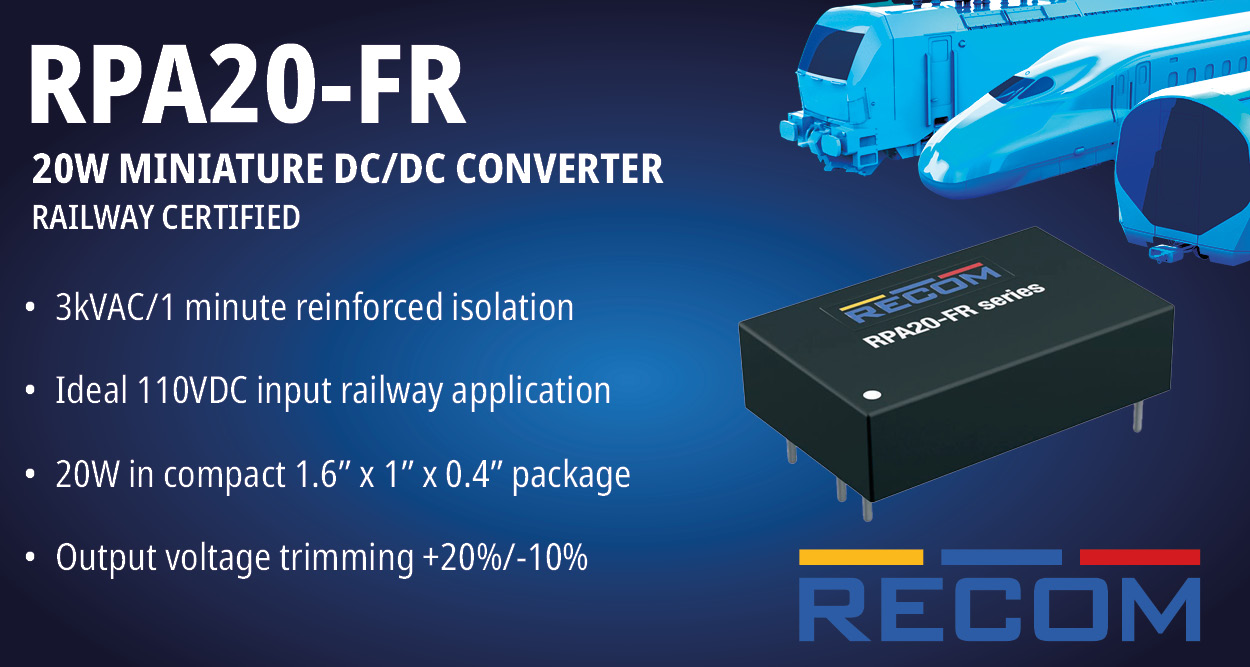The global edge artificial intelligence chips market is on a transformative growth trajectory, forecasted to expand from USD 8.3 billion in 2025 to an impressive USD 36.12 billion by 2034,, according to a new market report by Precedence Research. This reflects a vigorous 17.75% compound annual growth rate (CAGR) from 2025 to 2034, driven by the industry’s pivot toward on-device AI processing. Rising demand for low-latency, real-time data analysis at the network edge, from smart cameras to autonomous vehicles , is fueling investment in specialized AI chips that bring cloud-level intelligence directly into devices. The surge in AI-powered gadgets and IoT systems, coupled with privacy concerns over cloud reliance, has set the stage for robust growth in edge AI semiconductors.
Quick Insights
- 2025 Market Size: $8.3 billion
- 2034 Market Size: $36.12 billion
- Projected CAGR (2025–2034): 17.75%
- 2024 Leading Region: Asia Pacific (Revenue: $2.47B; CAGR: 17.9%)
- Top Growth Region: North America
- Largest End-User Segment: Consumer Electronics
- Fastest-Growing Application: Automotive (Autonomous & Connected Vehicles)
- Key Technology Node: 7nm and below
- Major Players: TSMC, Samsung, Intel, NVIDIA, Qualcomm
- Top Trend: Fusion of edge computing with 5G, IoT, and embedded AI
In-Depth Segmental Breakdown
- By Chip Type: ASICs dominate for their power optimization and application-specific intelligence, leading the segment with 38% share. FPGAs are widely used in industrial automation and prototyping, while GPUs bring parallel processing strength to autonomous vehicles and smart cameras. CPUs remain foundational for hybrid workloads, while NPUs and AI accelerators are seeing steep growth in deep learning and inference. DSPs and VPUs also find niche relevance in radar, audio, and vision processing tasks.
- By Component Type: Hardware components, ranging from processor units (ASICs, NPUs) to memory blocks and integrated sensors, form the core of edge systems. On the software side, AI frameworks, SDKs, and middleware power real-time model execution and device-cloud orchestration.
- By Technology Node: Leading players are shifting to sub-7nm nodes, enabling higher transistor density and lower power draw, essential for edge deployments. While 8–14nm nodes balance cost and performance, legacy nodes above 28nm are increasingly phased out.
- By Application: Consumer electronics take the lead with smartphones, wearables, and smart home devices integrating edge AI for voice, vision, and behavioral detection. Automotive use—such as ADAS and autonomous driving—continues to surge. Healthcare, surveillance, retail, and industrial robotics each contribute to layered demand with real-world use cases.
- By End-Use Industry: Key sectors include automotive, healthcare, telecom, consumer electronics, manufacturing, and retail. Emerging adoption is rising in smart agriculture, e-commerce personalization, and public infrastructure.
- By Form Factor: Embedded edge chips dominate, packed into wearables, smartphones, and cameras. Standalone chips are used in industrial machines, autonomous systems, and edge servers.
What’s Fueling Market Momentum?
Why is the industry pivoting toward edge-native intelligence? Edge AI chips enable immediate decision-making directly on devices—boosting performance, preserving privacy, and eliminating latency. They’re now foundational to technologies where split-second response, offline operability, and local data inference matter more than ever.
“Edge AI chips are not just components, they’re catalysts of intelligent autonomy. From drones navigating unpredictable skies to medical wearables analyzing vitals discreetly, the edge is redefining what responsive technology means,” said Dr. Meera Kulkarni, Principal Consultant at Precedence Research.
Latest Innovations & Breakthroughs
- Hailo unveiled the Hailo 10H AI accelerator with 40 TOPS INT4 performance and ~2.5W consumption, ideal for generative AI at the edge.
- Netra Semi (India) raised Rs 107 crore in Series A to develop edge AI SoCs for IoT and smart retail.
- Intel’s restructured AI chip unit is targeting robotics, industrial vision, and wearables with custom-built edge solutions.
Is the Rise of Edge AI an Opportunity or a Necessity?
The shift from cloud-based AI to on-device processing is no longer a niche trend; it’s a foundational change driven by the limitations of traditional models. Edge AI chips offer significant advantages in terms of data privacy, latency, and operational efficiency. The report highlights that this trend creates a significant opportunity for innovation, particularly in strategic partnerships and mergers within the semiconductor ecosystem, as companies race to meet the demand for high-performance, low-power solutions. The automotive industry, in particular, stands out as a prime growth area, with edge AI chips powering advanced driver-assistance systems (ADAS) and in-vehicle infotainment.
“The Edge AI chips market is at an inflection point. As connected devices become ubiquitous, from smart cameras to industrial robots, the need for instantaneous, localized processing is paramount,” says a fictional Jane Doe, Principal Consultant at Precedence Research. “We are moving towards a world where intelligence resides at the point of action, not miles away in a data center. Companies that can solve the power and thermal constraints of these chips will be the ones that shape the future of this market.”
Challenges & Cost Pressures
Despite explosive growth, the sector faces steep development costs—R&D for state-of-the-art nodes (like 5nm or below) can run into tens of millions of dollars, limiting entry for smaller players. High energy consumption and thermal constraints—especially in mobile and battery-operated devices—remain key bottlenecks. Manufacturers must invest in advanced power management and cooling solutions to ensure reliability and performance.
Regional Highlights
Asia Pacific Edge Artificial Intelligence Chips Market Growth (2025 to 2034)
Asia Pacific edge artificial intelligence chips market size was exhibited at USD 2.47 billion in 2024 and is projected to be worth around USD 12.82 billion by 2034, growing at a CAGR of 17.90% from 2025 to 2034.
Asia Pacific has emerged as the largest regional market for edge AI chips, accounting for about 35% of global revenue in 2024. The region’s dominance is attributed to its robust semiconductor manufacturing ecosystem and rapid adoption of AI-infused electronics. Countries like China, South Korea, and Taiwan combine large-scale chip production capacity with voracious consumer demand for AI-driven gadgets. Additionally, heavy investments in industrial automation and IoT across Asia Pacific economies have bolstered edge AI uptake. Government initiatives, such as smart city programs and AI-friendly policies, further reinforce the region’s leadership by encouraging deployment of AI at the edge. These factors make Asia Pacific the main income source for this market and a hotbed of ongoing innovation.
North America, while slightly trailing in 2024 share, is projected to be the fastest-growing region through 2034. The United States and Canada benefit from substantial investments in edge computing and a strong culture of early tech adoption. In North America, sectors like healthcare, retail, and defense are aggressively embracing edge AI – from smart patient monitoring devices to checkout-free stores – creating fertile ground for chip demand. The presence of leading tech companies and startups in Silicon Valley and other hubs also accelerates innovation cycles. Venture capital funding for AI hardware ventures is robust, and ongoing R&D is yielding breakthroughs in edge chip design and software. As a result, North America is expected to be a major growth engine in coming years, narrowing the gap with Asia. Europe, likewise, is adopting edge AI in key industries (automotive manufacturing, energy management, etc.), albeit at a steadier pace, while emerging economies in Latin America and the Middle East & Africa are gradually exploring on-device AI to leapfrog infrastructure limitations.
Edge Artificial Intelligence Chips Market Key Players
- NVIDIA Corporation
- Intel Corporation
- Qualcomm Technologies, Inc.
- Advanced Micro Devices, Inc. (AMD)
- Google LLC (Tensor Processing Unit – TPU)
- Xilinx, Inc. (Now part of AMD)
- Broadcom Inc.
- MediaTek Inc.
- Samsung Electronics Co., Ltd.
- Huawei Technologies Co., Ltd.
- Arm Holdings (Soft IP for edge AI)
- Graphcore Ltd.
- Cambricon Technologies Corporation Limited
- Baidu, Inc.
- Horizon Robotics, Inc.
- Ambarella, Inc.
- Apple Inc. (Neural Engine)
- Texas Instruments Incorporated
- NXP Semiconductors
- Mythic AI


















